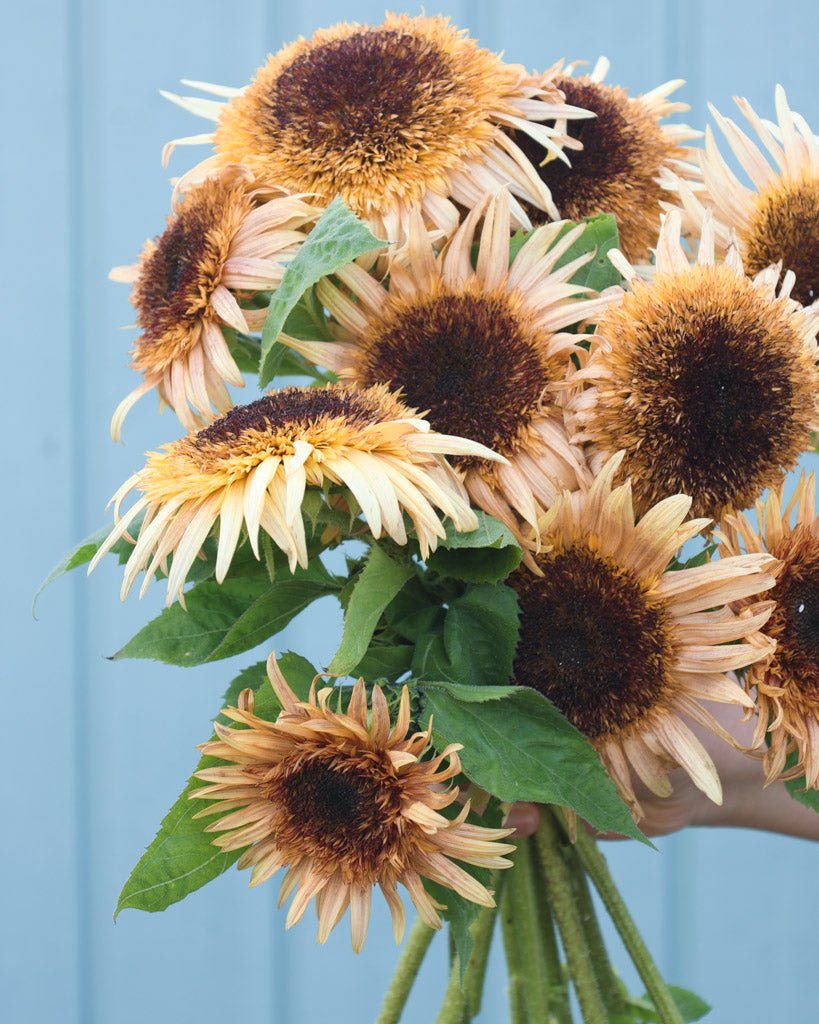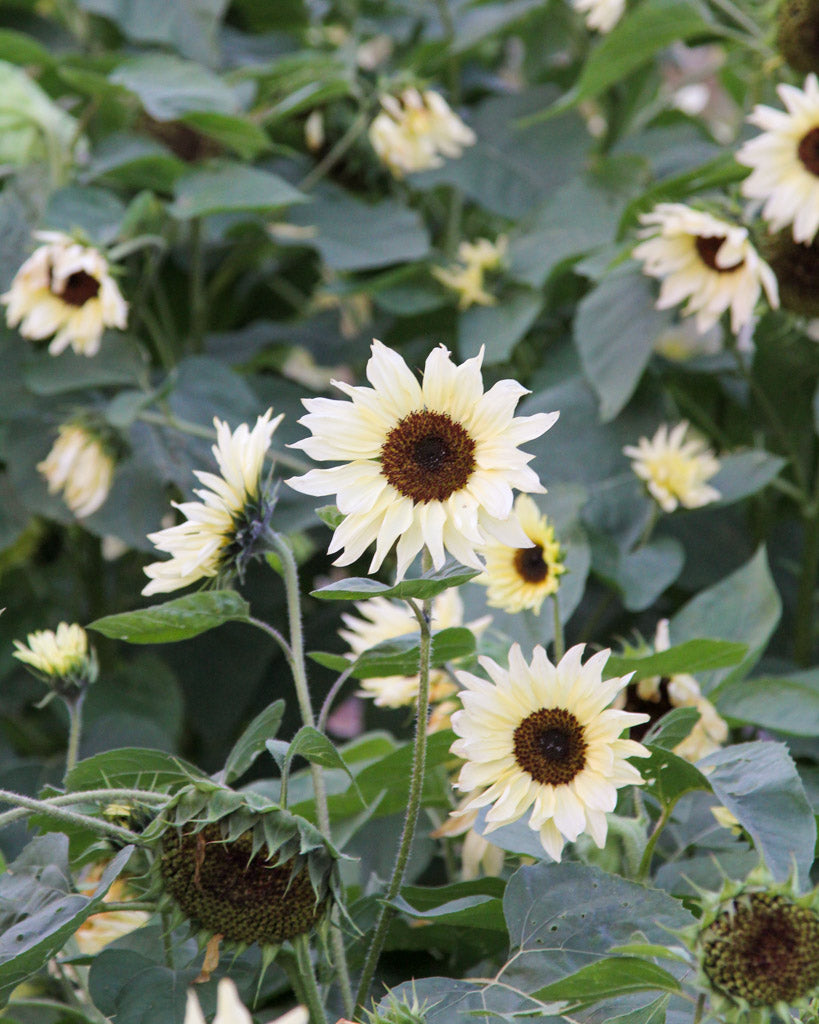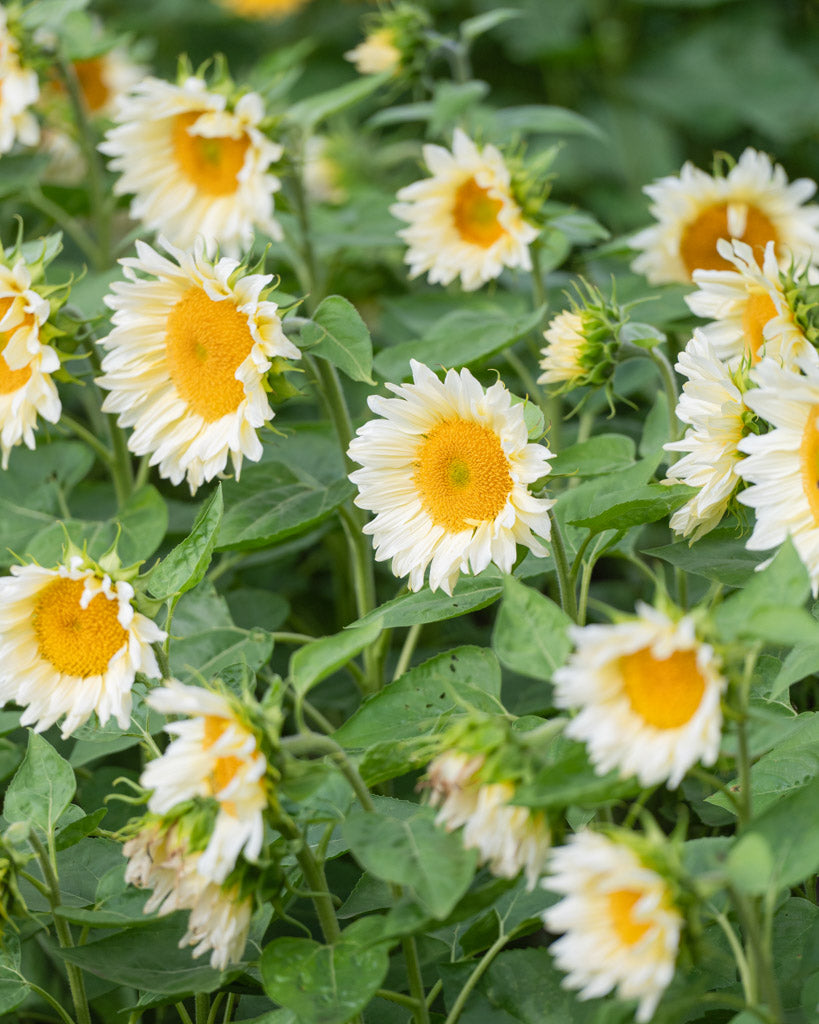Using leaves in the garden correctly: Natural winter protection and valuable compost
Autumn leaves are more than just garden waste—when used correctly, they become a valuable resource in the garden. Whether as natural frost protection for sensitive plants or as nutrient-rich compost, using leaves cleverly not only benefits your plants but also the environment. In this article, you'll learn how to use autumn leaves wisely and what to keep in mind when composting.

Leaves as natural winter protection – no reason to worry
If autumn leaves fall onto flowerbeds or between perennials, they can be left there. Numerous soil organisms, such as earthworms, woodlice, and microorganisms, decompose the leaves and convert them into valuable humus. This way, important nutrients are returned to the soil and benefit the plants the following spring.
Leaves also provide excellent frost protection. Particularly sensitive garden plants, such as roses, benefit from a protective layer of leaves. Pile the leaves around the plant and weigh them down with a few spruce branches – this will keep everything in place and provide perfect winter protection.
Composting leaves – how to turn them into valuable fertilizer
Another sustainable way to use leaves is composting. Leaf compost is considered to be particularly fine-crumbly and rich in humus—ideal for soil improvement. Here's how it works:
- Collect the leaves dry and let them dry a little.
- Shred the leaves with a lawnmower or shredder.
- Put about 30 cm of leaves into the compost bin.
- Sprinkle a handful of rock flour over it, followed by some garden soil and horn meal.
- Continue layering in this order.
The compost should be turned once in the spring. By fall, it will have formed into high-quality humus, which is ideal for improving the soil in your beds.
Important: Not all types of leaves are equally suitable for composting. Oak, walnut, plane, poplar, beech, and chestnut leaves decompose very slowly. While oak and walnut leaves are best disposed of separately, the other types mentioned can be added in moderation.
















